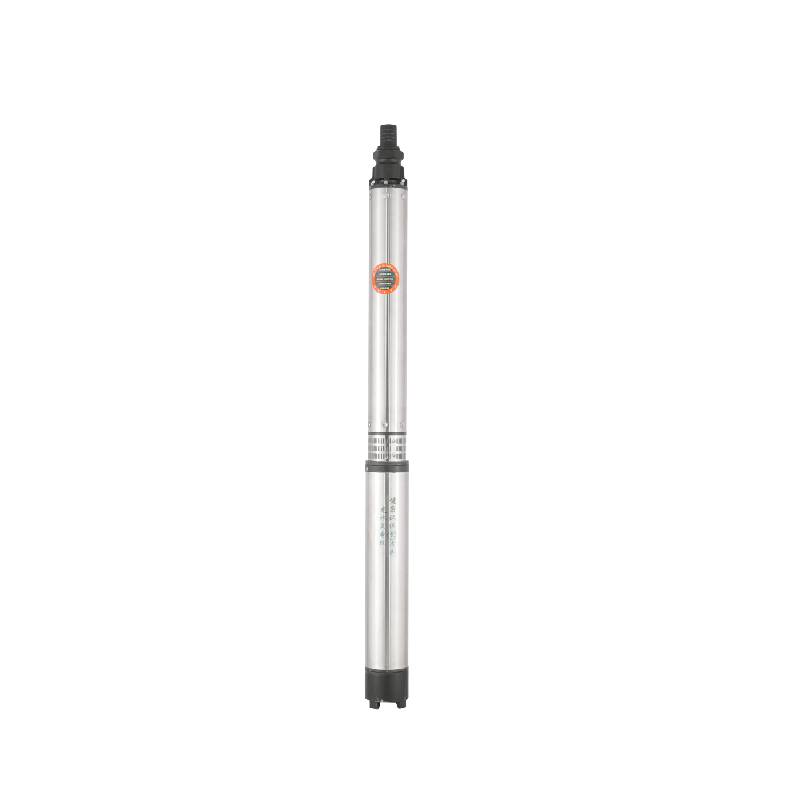Nov . 18, 2024 09:44 Back to list
Understanding the Operation Mechanism of Deep Well Pumps for Effective Water Extraction
The Working Principle of Deep Well Pumps
Deep well pumps are an essential component in the extraction of groundwater from deep aquifers, offering a reliable solution for various irrigation, industrial, and domestic water supply needs
. Understanding their working principle can provide insights into how we harness groundwater efficiently.At the core of a deep well pump is its ability to lift water from significant depths. These pumps typically consist of several key components, including the pump bowl assembly, motor, discharge head, and the well casing. The pump is submerged deep within the well, often at depths of over 100 feet, where the reservoir of groundwater resides.
The working principle of a deep well pump begins when the motor, usually located above ground, activates. The motor drives a shaft that extends down through the well casing to the pump bowl assembly located at the bottom. The pump bowl contains impellers and diffusers, which are critical in creating the necessary lifting force to raise the water.
deep well pump working principle

When the pump is activated, the motor rotates the shaft connected to the impellers. As the impellers spin, they create a centrifugal force that accelerates the water outward. This centrifugal action generates a low-pressure area at the center of the impeller, allowing more groundwater to be drawn into the pump. As the water enters the impeller, it gains kinetic energy, propelling it upward through the pump's diffuser sections.
The diffuser plays a vital role in converting the kinetic energy of the water into pressure energy, allowing it to rise to the surface. The water flows through a series of stages, each containing additional impellers and diffusers, which increase the pressure of the water as it moves through the pump. This multi-stage design is what enables deep well pumps to efficiently lift water from significant depths, often achieving heights of several hundred feet.
Once the water reaches the discharge head, it is directed into pipes for distribution. The discharge head also provides a point for monitoring flow rates and controlling the system.
Deep well pumps are designed to operate continuously and reliably, making them ideal for agricultural irrigation systems, municipal water supply, and industrial applications. Understanding their working principle helps users appreciate the sophisticated technology behind these essential devices, ensuring the sustainable management of one of our most vital resources—groundwater.
-
Submersible Water Pump: The Efficient 'Power Pioneer' of the Underwater World
NewsJul.01,2025
-
Submersible Pond Pump: The Hidden Guardian of Water Landscape Ecology
NewsJul.01,2025
-
Stainless Well Pump: A Reliable and Durable Pumping Main Force
NewsJul.01,2025
-
Stainless Steel Submersible Pump: An Efficient and Versatile Tool for Underwater Operations
NewsJul.01,2025
-
Deep Well Submersible Pump: An Efficient 'Sucker' of Groundwater Sources
NewsJul.01,2025
-
Deep Water Well Pump: An Efficient 'Sucker' of Groundwater Sources
NewsJul.01,2025
-
 Submersible Water Pump: The Efficient 'Power Pioneer' of the Underwater WorldIn the field of hydraulic equipment, the Submersible Water Pump has become the core equipment for underwater operations and water resource transportation due to its unique design and excellent performance.Detail
Submersible Water Pump: The Efficient 'Power Pioneer' of the Underwater WorldIn the field of hydraulic equipment, the Submersible Water Pump has become the core equipment for underwater operations and water resource transportation due to its unique design and excellent performance.Detail -
 Submersible Pond Pump: The Hidden Guardian of Water Landscape EcologyIn courtyard landscapes, ecological ponds, and even small-scale water conservancy projects, there is a silent yet indispensable equipment - the Submersible Pond Pump.Detail
Submersible Pond Pump: The Hidden Guardian of Water Landscape EcologyIn courtyard landscapes, ecological ponds, and even small-scale water conservancy projects, there is a silent yet indispensable equipment - the Submersible Pond Pump.Detail -
 Stainless Well Pump: A Reliable and Durable Pumping Main ForceIn the field of water resource transportation, Stainless Well Pump has become the core equipment for various pumping scenarios with its excellent performance and reliable quality.Detail
Stainless Well Pump: A Reliable and Durable Pumping Main ForceIn the field of water resource transportation, Stainless Well Pump has become the core equipment for various pumping scenarios with its excellent performance and reliable quality.Detail
